

🌱 SAFE Is More Than a Plan
Without a clear safety net:
• Emotional surges can derail work, study, relationships, and health.
• Small challenges can spiral into critical crises.
• Opportunities for growth can be lost to moments of overwhelming distress.
With SAFE in place:
• You anticipate challenges before they escalate.
• You give yourself time and space to respond wisely rather than impulsively.
• You stay anchored to the people, places, strengths, and values that make life worth living.
🌿 In ADHD, chance favours the prepared mind.
🌟 SAFE ensures your mind is prepared — and your heart stays protected.
🛡️ SAFE
Instill Calm. Rise Strong. Stay SAFE.
🌿 Why Safety Matters for ADHD and Co-Occurring Conditions
Living with ADHD means living with a fast, vibrant, emotionally charged mind.
At its best, this mind fuels creativity, passion, and resilience.
At its most vulnerable, it leaves a person exposed to emotional storms that rise faster and hit harder than others might expect.
For people with ADHD — especially those with co-occurring conditions like depression, anxiety, or borderline traits — moments of distress can escalate with startling speed.
Research shows: • People with ADHD are five times more likely than the general population to attempt suicide (James et al., 2004; Impey & Heun, 2012).
• Emotional dysregulation is common in ADHD, with 30–50% experiencing intense mood swings and difficulty calming down once activated (Shaw et al., 2014).
• Impulsivity — a core feature of ADHD — increases the risk of acting on suicidal thoughts quickly, often without extended reflection or planning (Swanson et al., 2011).
In short:
The ADHD mind is not broken — but it is faster.
When pain surges, it can surge suddenly.
Without preparation, there may not be enough time to react safely.
🌱 That’s why, in FLOURISH, building a safety net is not optional. It is essential.
SAFE provides a scaffold of protection — a set of life-saving habits and strategies — long before the storm hits.
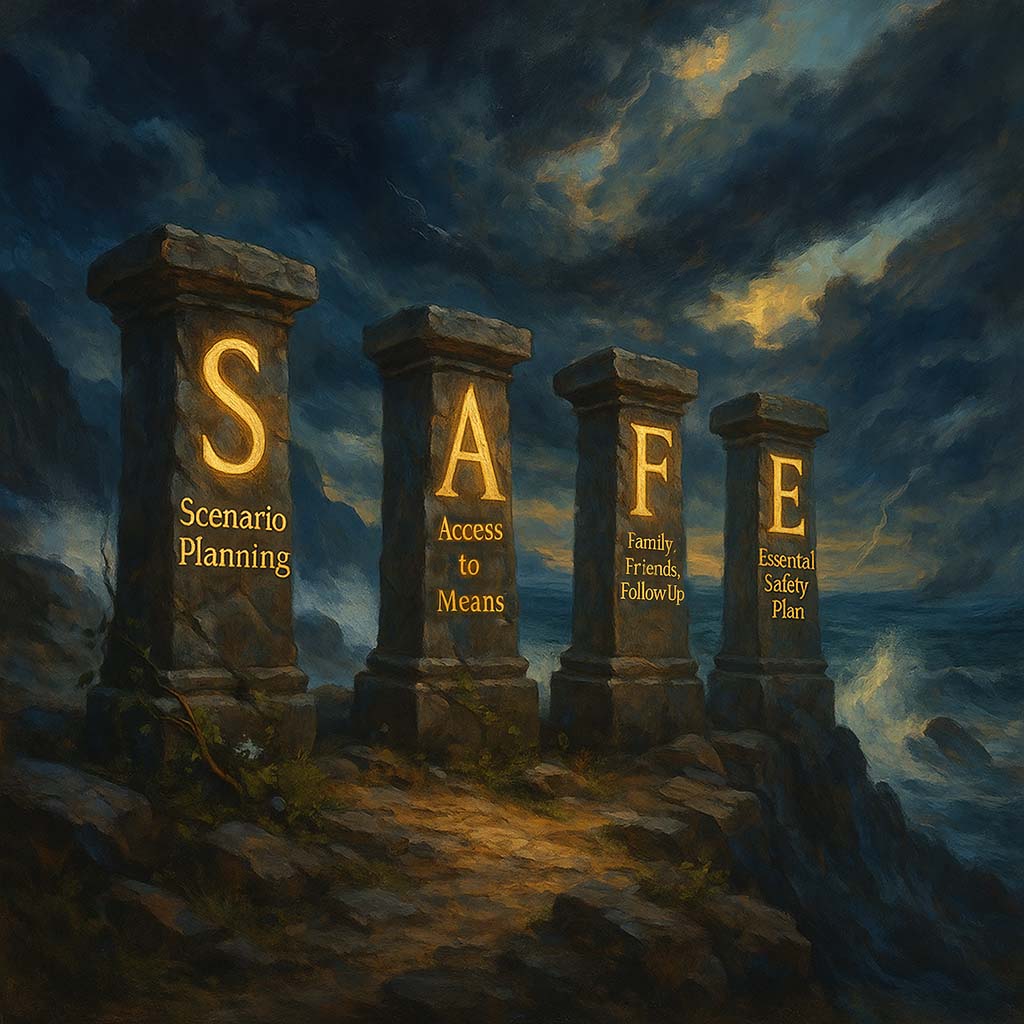
🚀 What Comes Next
On this page, we will walk you step-by-step through each part of SAFE: • How to plan for difficult scenarios.
• How to protect yourself by limiting access to risks.
• How to draw strength from trusted people and professional supports.
• How to build your personal Essential Safety Plan — a guide ready for moments of distress.
And because safety is a living, evolving process, you’ll also see how the Safe Life Guide mobile application helps you keep your plan active, personalised, and always within reach.
Your trail continues.
Your roots grow deeper.
Your future stays open.
🌱 One breath. One choice. One rising moment at a time.

🧩 S — Scenario Planning, Situation Awareness
We don’t wait for the storm to hit to find shelter.
Scenario planning is proactive. It asks:
# What situations could make it harder to stay safe?
# How might distress build — and what can you do early?
# Who can you involve? Where can you go? What helps?
🌿 Planning ahead gives you options when thinking feels foggy.
Instead of just hoping to "stay safe," you build real, ready strategies — ones you can trust when your emotions surge.

🔒 A — Access to Means, Alcohol, and Other Drugs
Emotional distress often feels urgent.
Having immediate access to harmful means — medication, weapons, alcohol, or drugs — can turn momentary despair into life-altering decisions.
Here, we create protection by:
# Reviewing what means you have access to.
# Limiting access to dangerous items.
# Managing substances that lower inhibition.
# Building ownership and understanding, not just rules.
🌱 Creating safer spaces gives you vital time and space to ride the wave of emotional pain without impulsive harm.

🧡 F — Family, Friends, and Follow Up
Human connection is one of the strongest protectors against emotional collapse.
In this step, we help you:
# Map your "Circle of Trust" — who helps, who is available.
# Think through how and when to reach out.
# Plan proactive conversations with key supports.
# Identify professional follow-ups: doctors, therapists, case managers.
🌳 You are not meant to walk this path alone.
Even when pride, fear, or pain tells you otherwise, having real lifelines can make the crucial difference.

🌉 From Foundations to the Ladder
Preparing for Distress with Clarity
Even with the strongest foundations — scenario planning, safer environments, trusted people — emotional storms can still build quickly, especially for minds that move fast and feel deeply, like in ADHD.
ADHD is often called a Ferrari brain with bicycle brakes for good reason: • Impulsivity can outpace reflection.
• Emotional reactions can ignite faster than reasoning can catch up.
• Overwhelm can arrive without warning, triggered by stress at work, conflict at home, sensory overload, medication changes, or rejection sensitivity.
In moments of rising distress: • Thinking narrows.
• Decision-making scrambles.
• Urgency takes over.
Without a clear map, small moments of pain can escalate into crises that derail study, work, health, relationships — and hope itself.
That’s why in FLOURISH, we simplify safety planning into a clear, four-step ladder — SAFE, EDGE, CRISIS, EMERGENCY.
This ladder gives you immediate guidance at each level: 🌱 What to notice, 🌿 What to do, 🌳 Where to go, 🛡️ Who to turn to.
Because chance favours the prepared mind —
and preparation isn’t fear.
It’s power.
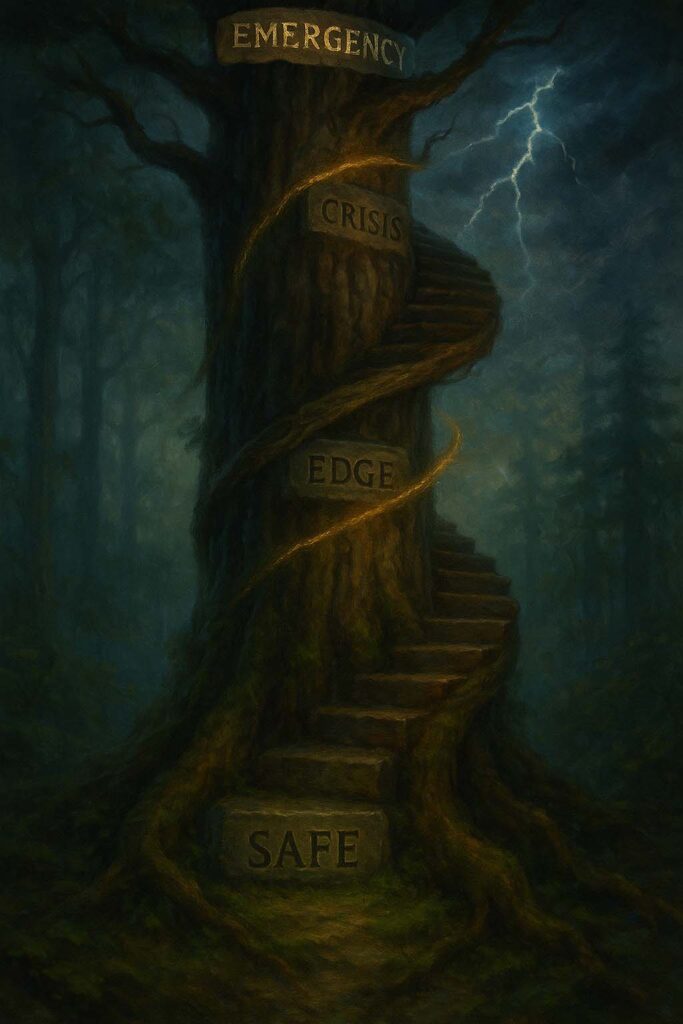

✅ SAFE
"What Matters to Me?"
At this first level, you are feeling relatively stable.
You are not in danger. You are living, not surviving.
Here, we focus on proactive protection by connecting to the things that keep you safe:
- People who matter: Your lifelines of love, trust, and support.
- Pursuits that matter: Activities, dreams, and hobbies that anchor your identity.
- Personal strengths: The qualities you can lean on when storms come.
- Reasons for living: A personal, living list of what makes your life worth holding onto.
We also take practical steps to prepare:
- Access to means: Review your environment and limit risks.
- Access to alcohol and drugs: Understand and manage your vulnerabilities.
🌱 In SAFE, you lay strong roots. You honour the life you are protecting.

⚡ EDGE
"What Can I Do to Stay Safe?"
At this level, small cracks appear.
You may feel more irritable, tired, disconnected, anxious — warning signs that trouble could build.
Here, your focus is on early action:
- Spot early warning signs: Changes in sleep, mood, energy, thinking.
- Identify triggers: Events or patterns that historically destabilise you.
- Use internal coping: Breathing, mindfulness, journaling, calming rituals.
- Seek external coping: Safe places, safe people — without needing to disclose everything.
🌿 In EDGE, you catch the storm before it grows. You prove to yourself you can steady the ship early.

🚩 CRISIS
"Who Will I Be Safe With?"
When internal strategies aren’t enough, and distress keeps rising, you enter the CRISIS level.
Here, you are still capable of reaching for help — but you need connection now, not isolation.
- Define your crisis signs: What does crisis feel like for you?
- Crisis contacts: People you trust to walk alongside you.
- Safe spaces: Environments that calm, protect, and stabilise you.
- Helplines: Immediate resources available wherever you are.
🌳 In CRISIS, you lean into the strength of your village. You don’t walk alone.

🚨 EMERGENCY
"Where Will I Be Safe?"
This is when distress becomes overwhelming, unbearable, or dangerous.
When you cannot guarantee your safety alone, your plan must be simple, clear, and actionable.
- Recognise an emergency: Predefine what it looks and feels like for you.
- Contact help immediately: Choose availability and action over hierarchy.
- Go to your emergency place: Emergency departments, urgent care, crisis centres — places designed to protect life.
🌟 In EMERGENCY, clarity saves lives. Action overrides confusion.
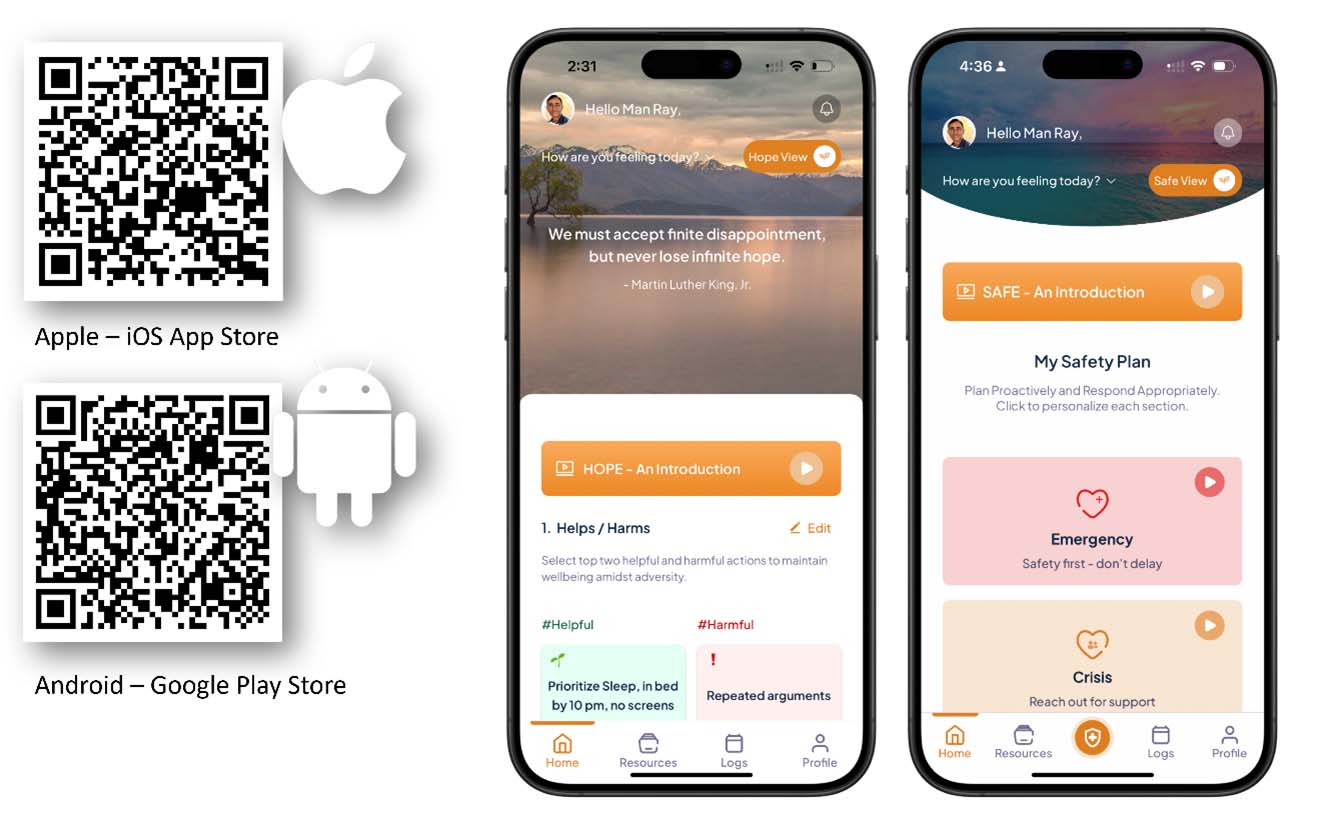
✅ SAFE
In SAFE, life feels mostly steady — you are managing, connected, and grounded. ADHD minds move fast, so anchoring to what matters — people, passions, strengths — creates vital stability.
This is the time to protect your future by setting up supports, not just reacting when things go wrong. Small, regular check-ins with your values and routines can keep emotional storms from gaining power. SAFE is about planting strong roots, so when the winds blow, you stay standing.
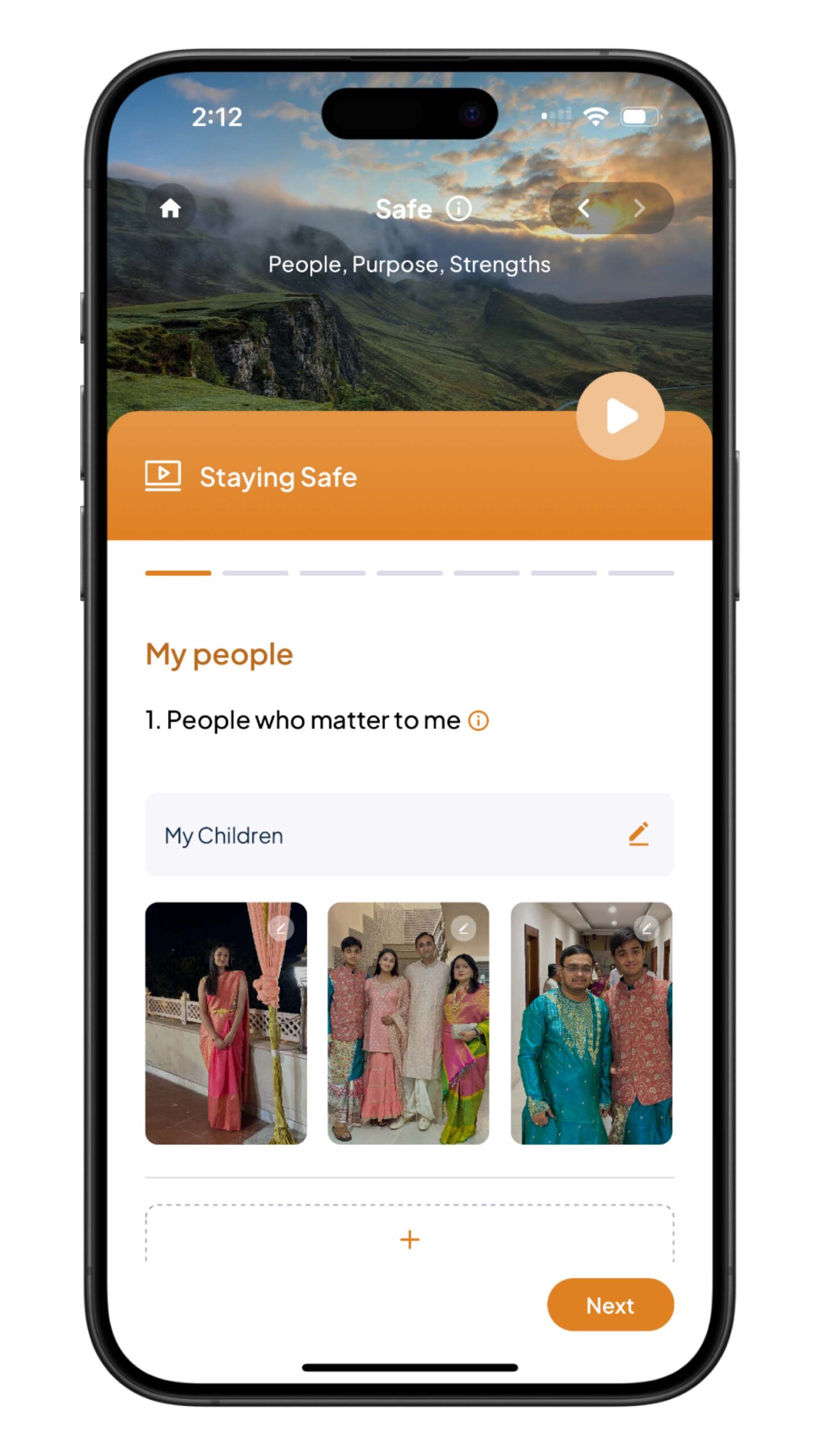
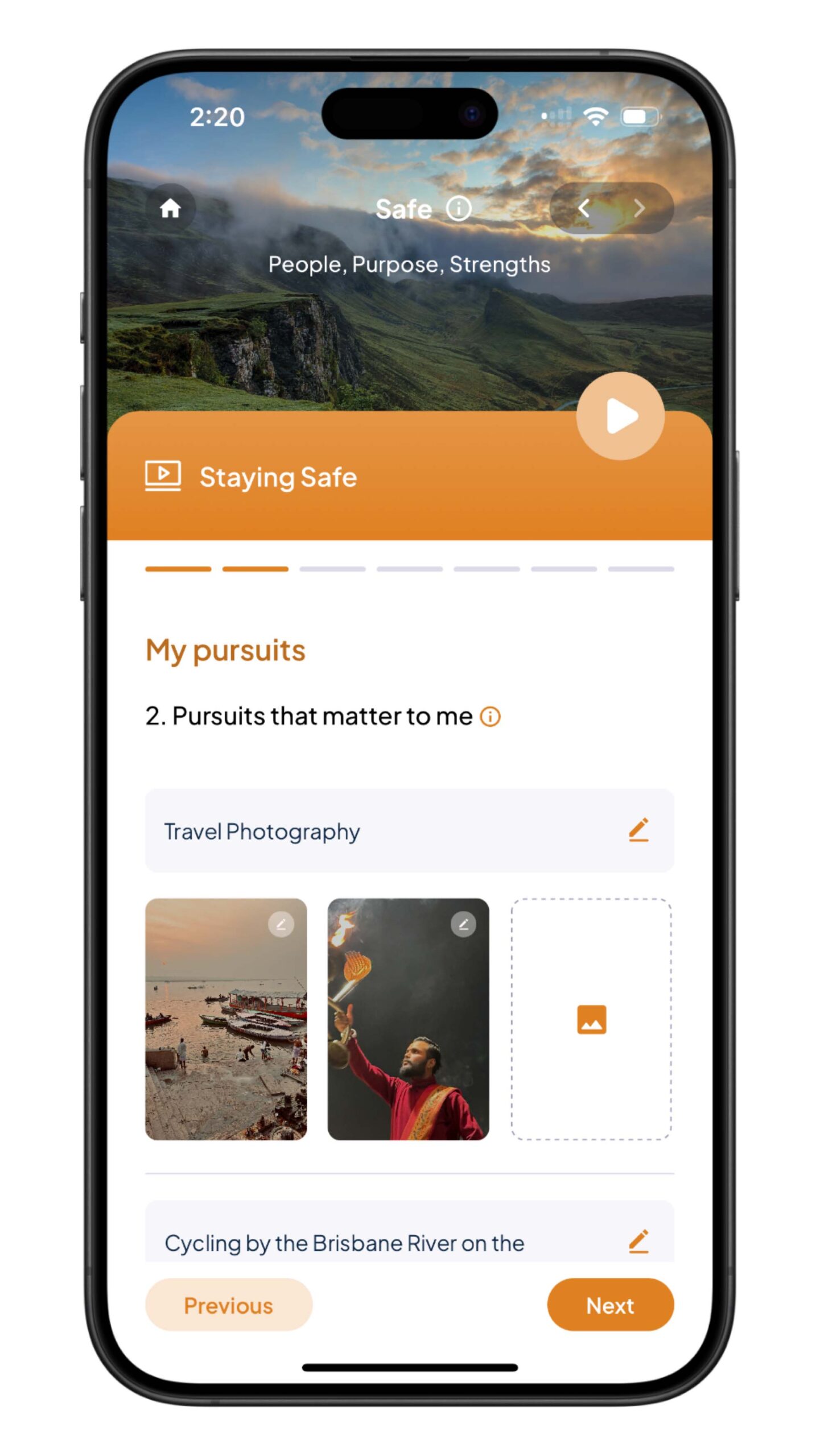
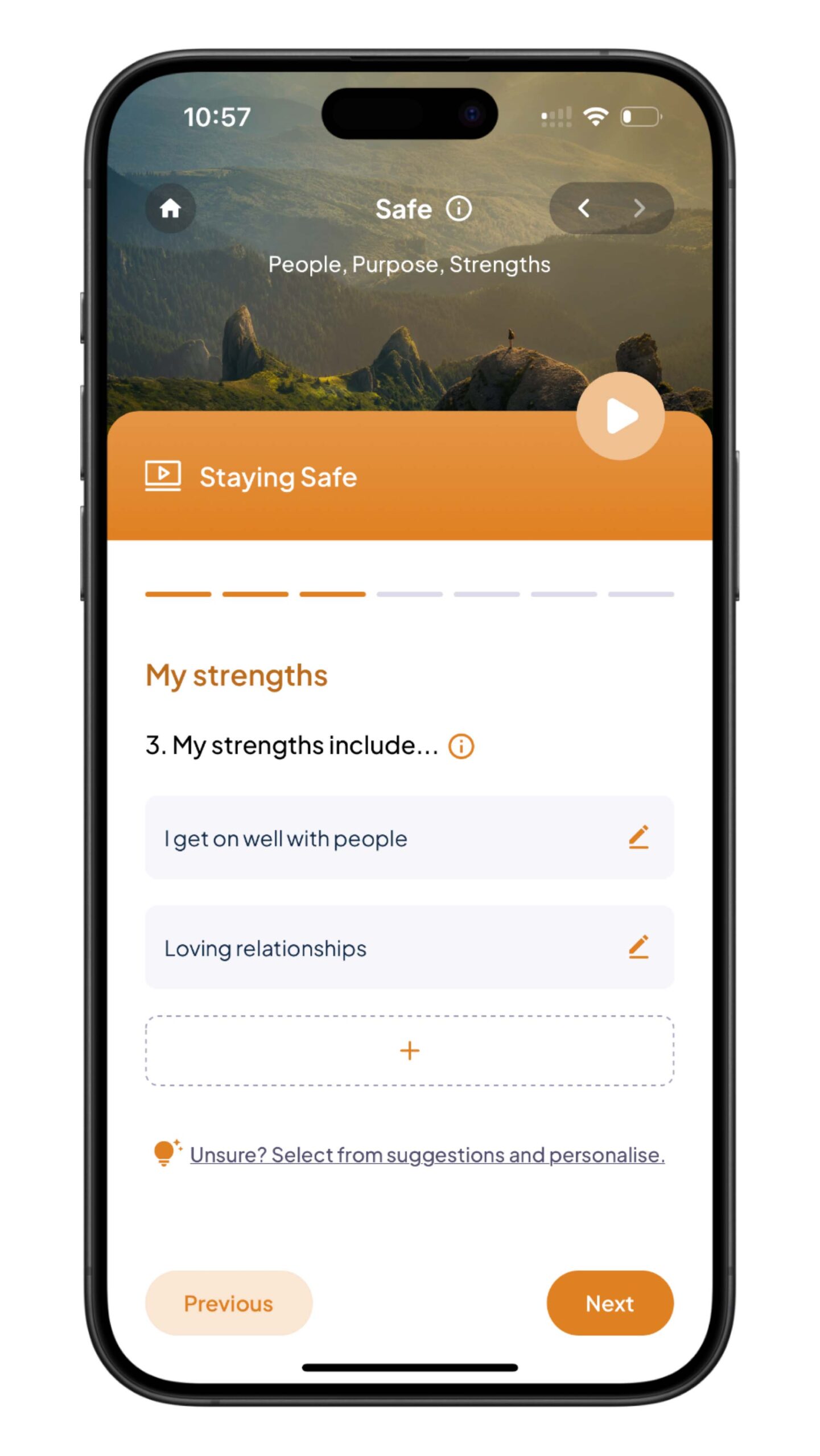
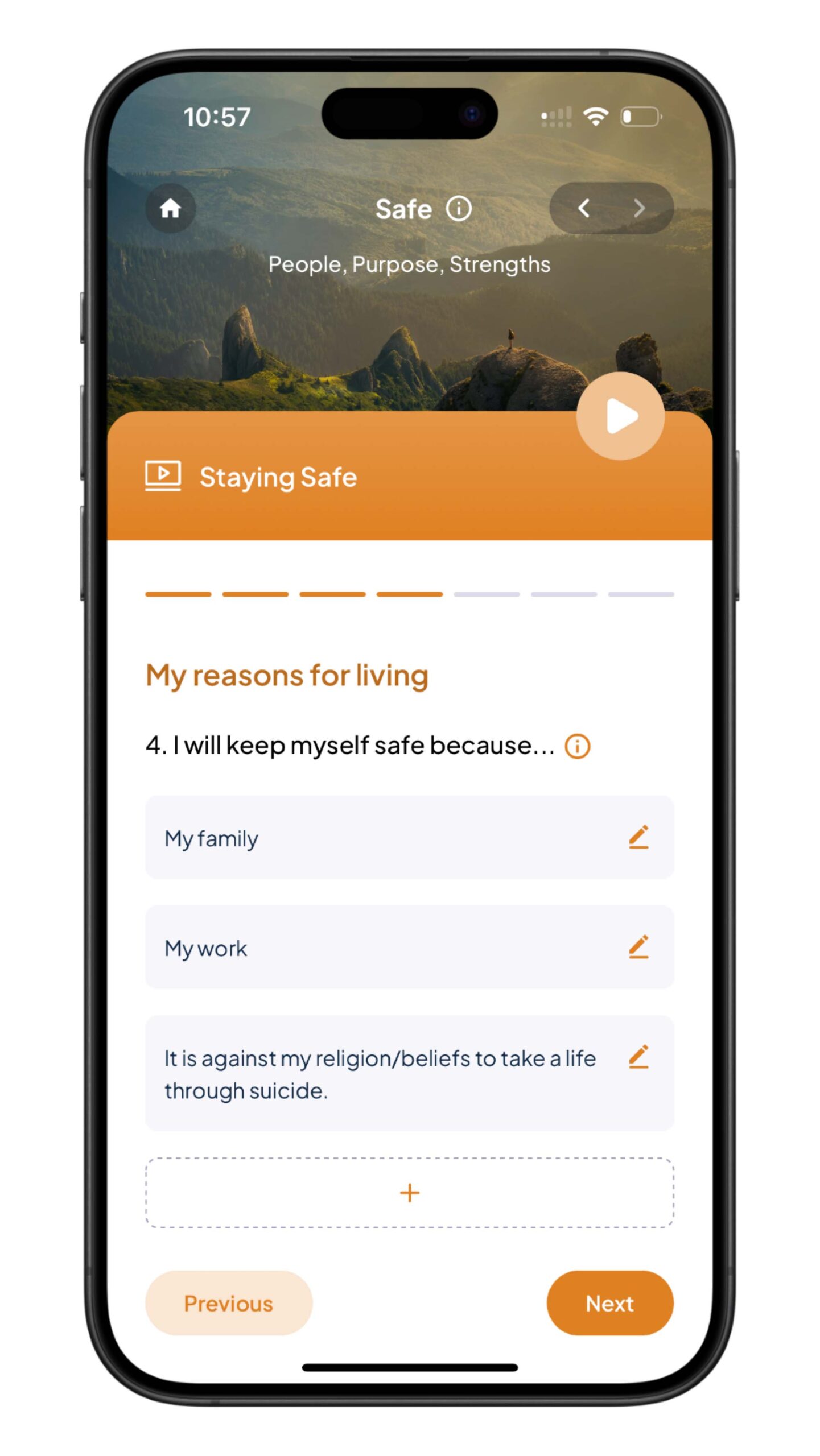
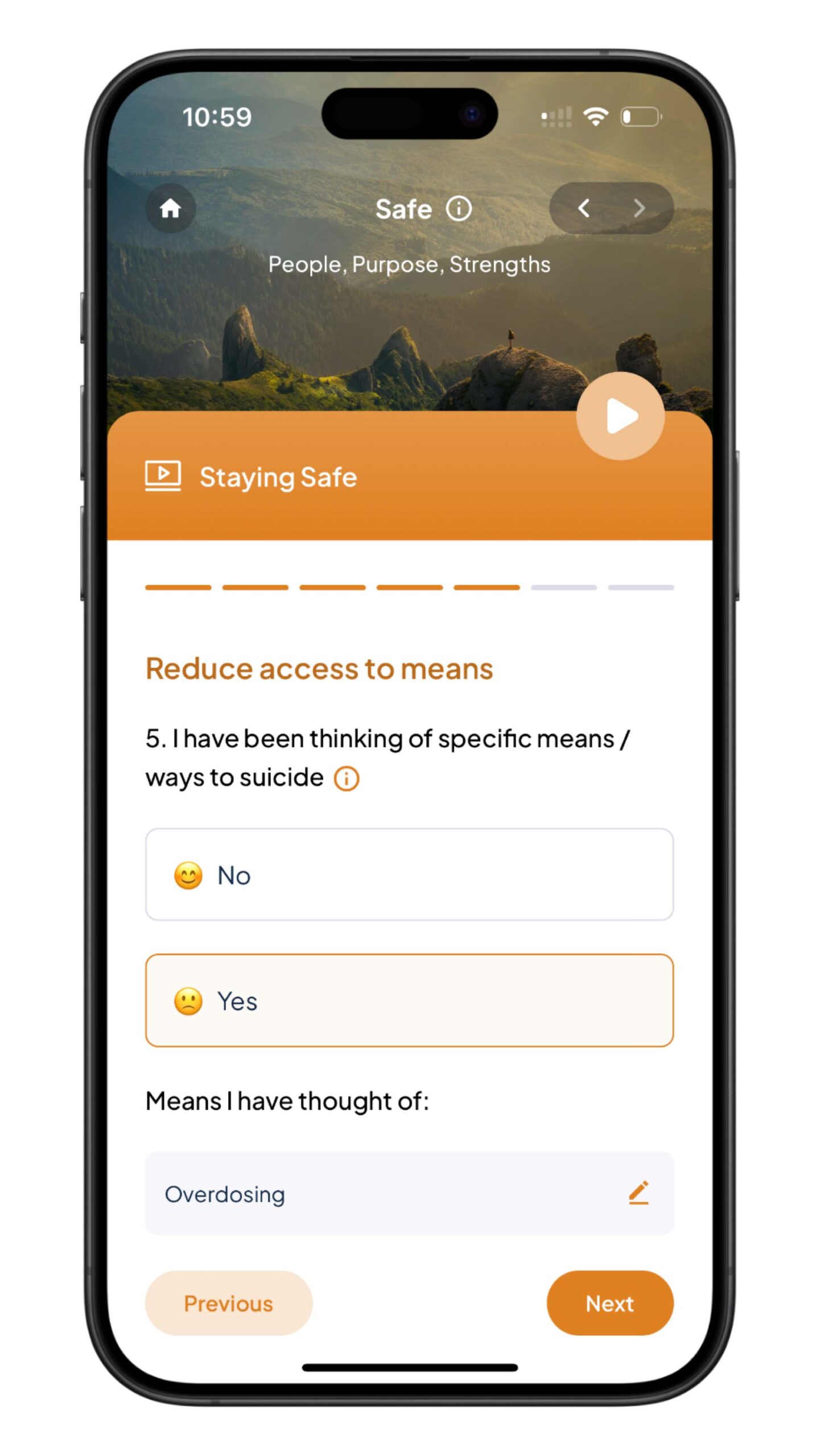
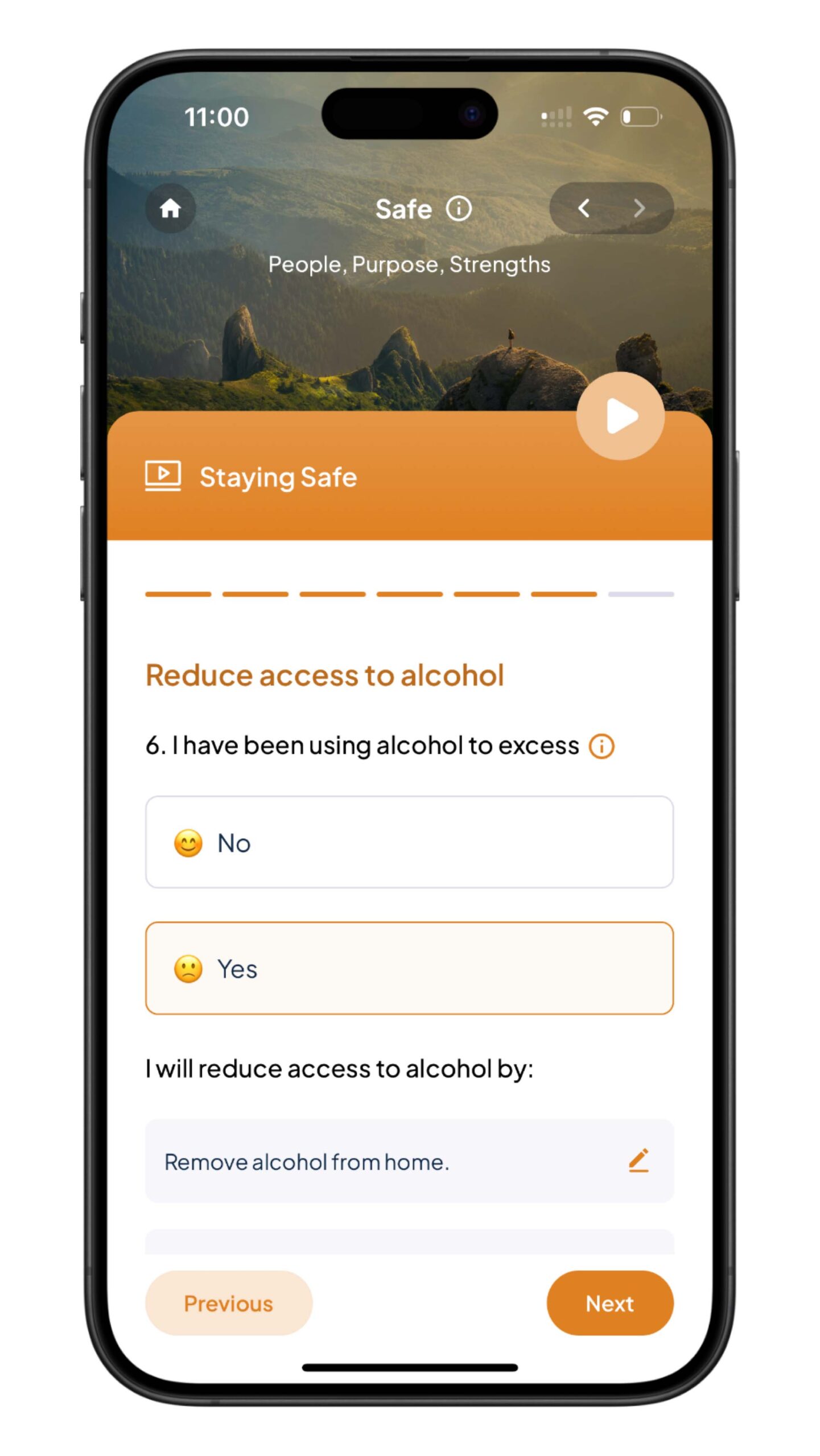
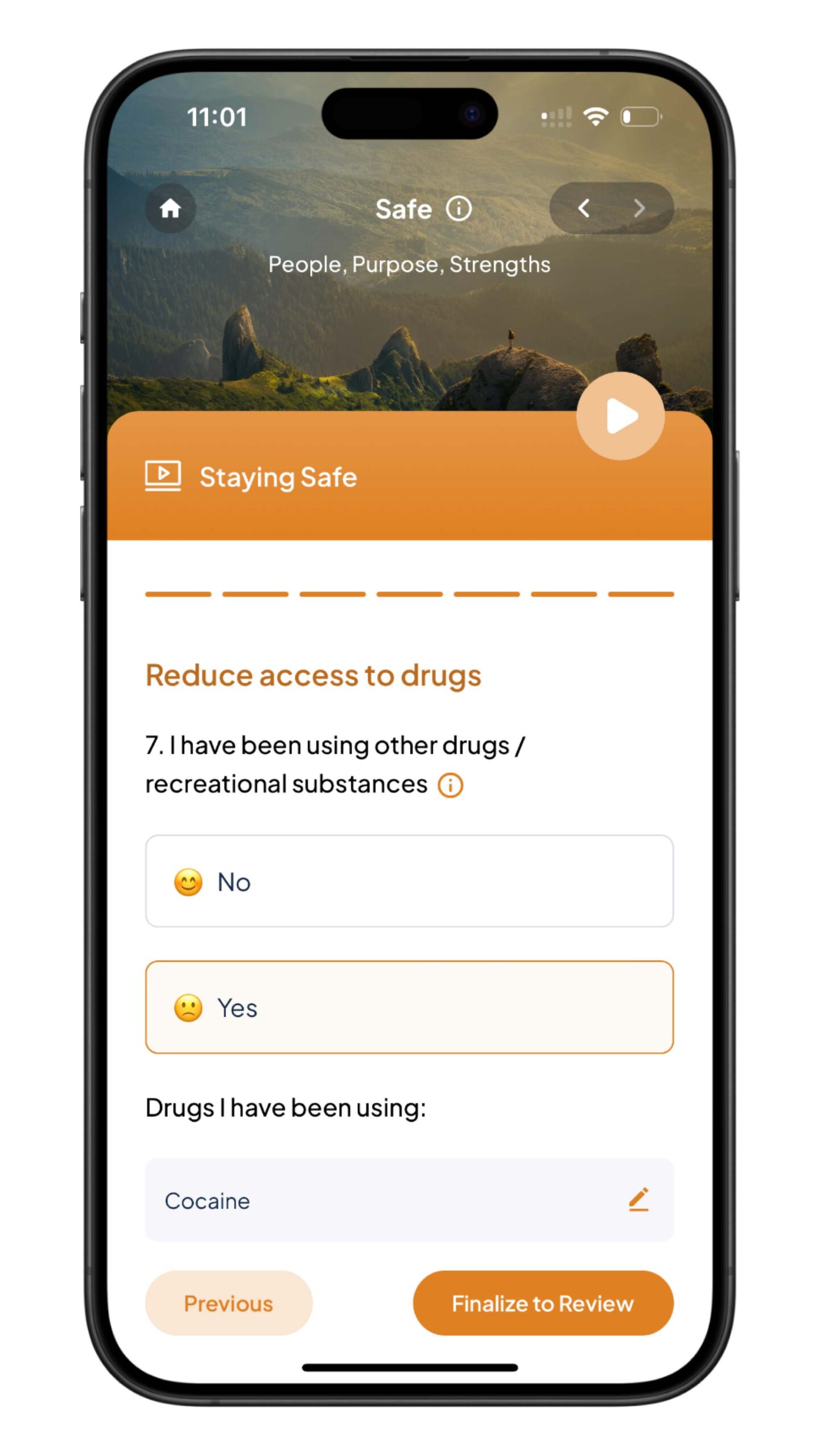
⚡ EDGE
In EDGE, the early warning signs appear: irritability, racing thoughts, exhaustion, withdrawal. With ADHD, you might miss subtle shifts — EDGE teaches you to spot them before they build momentum.
Quick action here (like moving, breathing, seeking connection) can redirect distress before it spirals. You’re learning to notice small cracks and patch them early, before they widen. EDGE is your reminder: the earlier you act, the easier it is to steer back to safe ground.
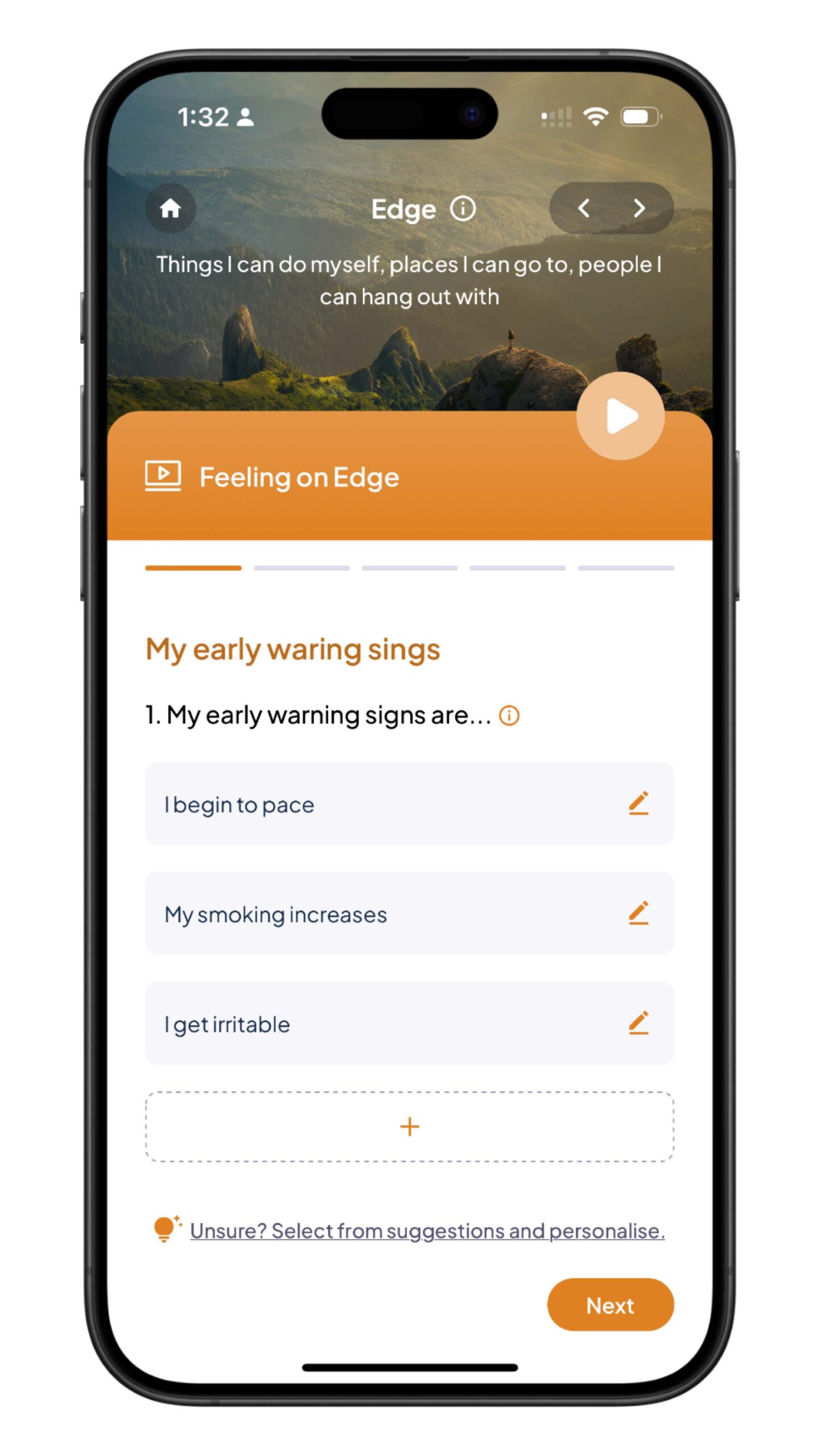
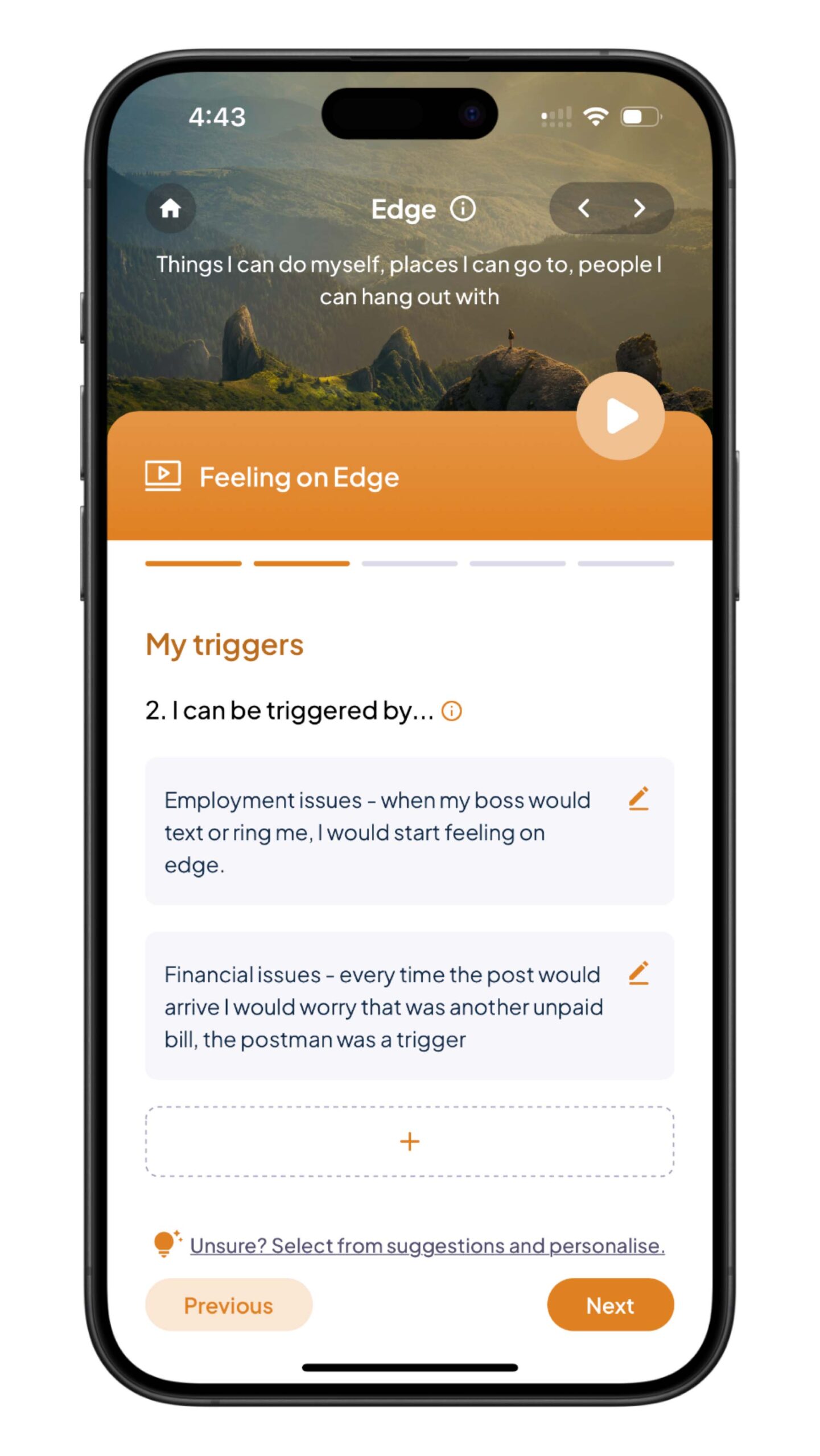
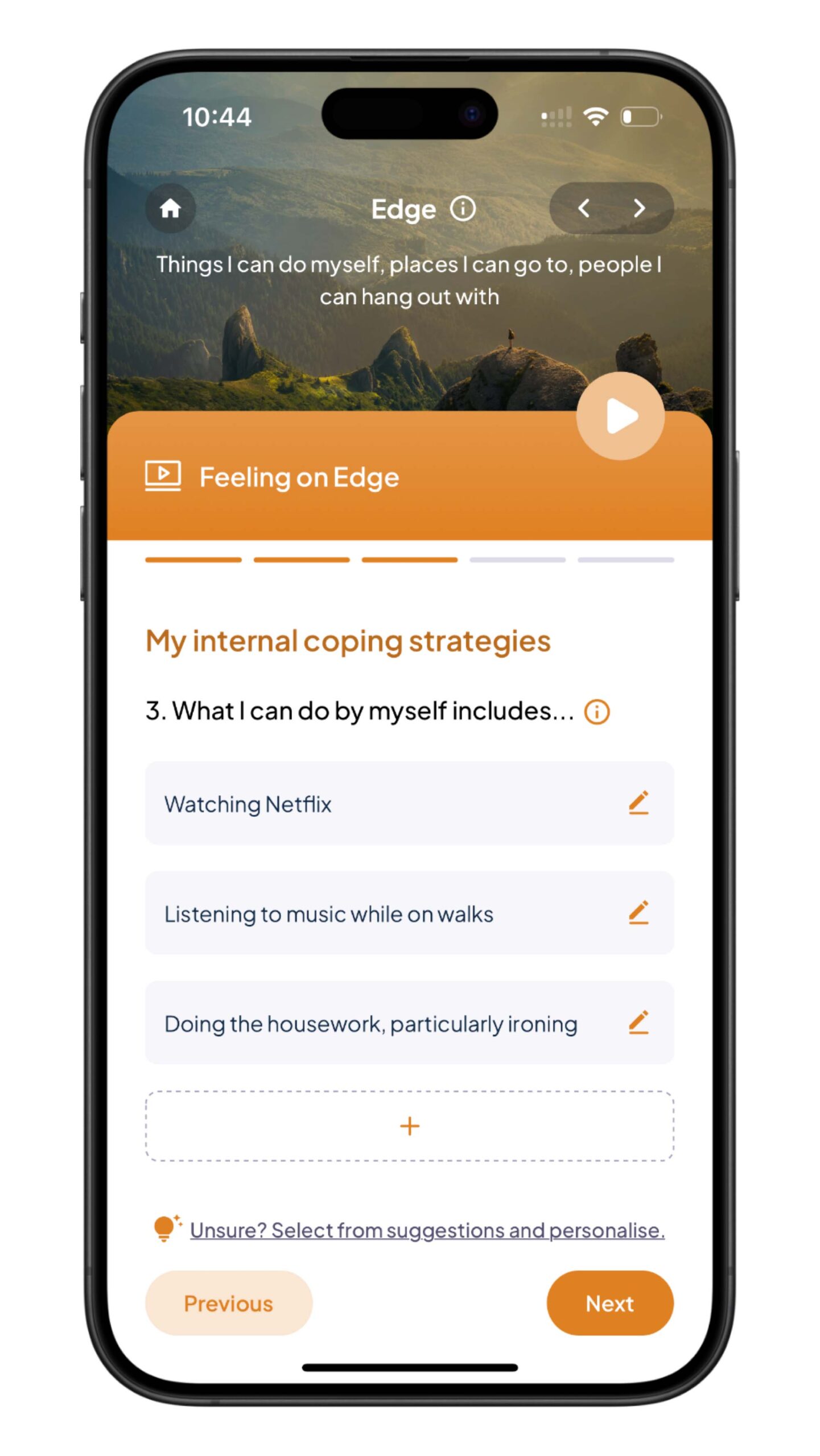
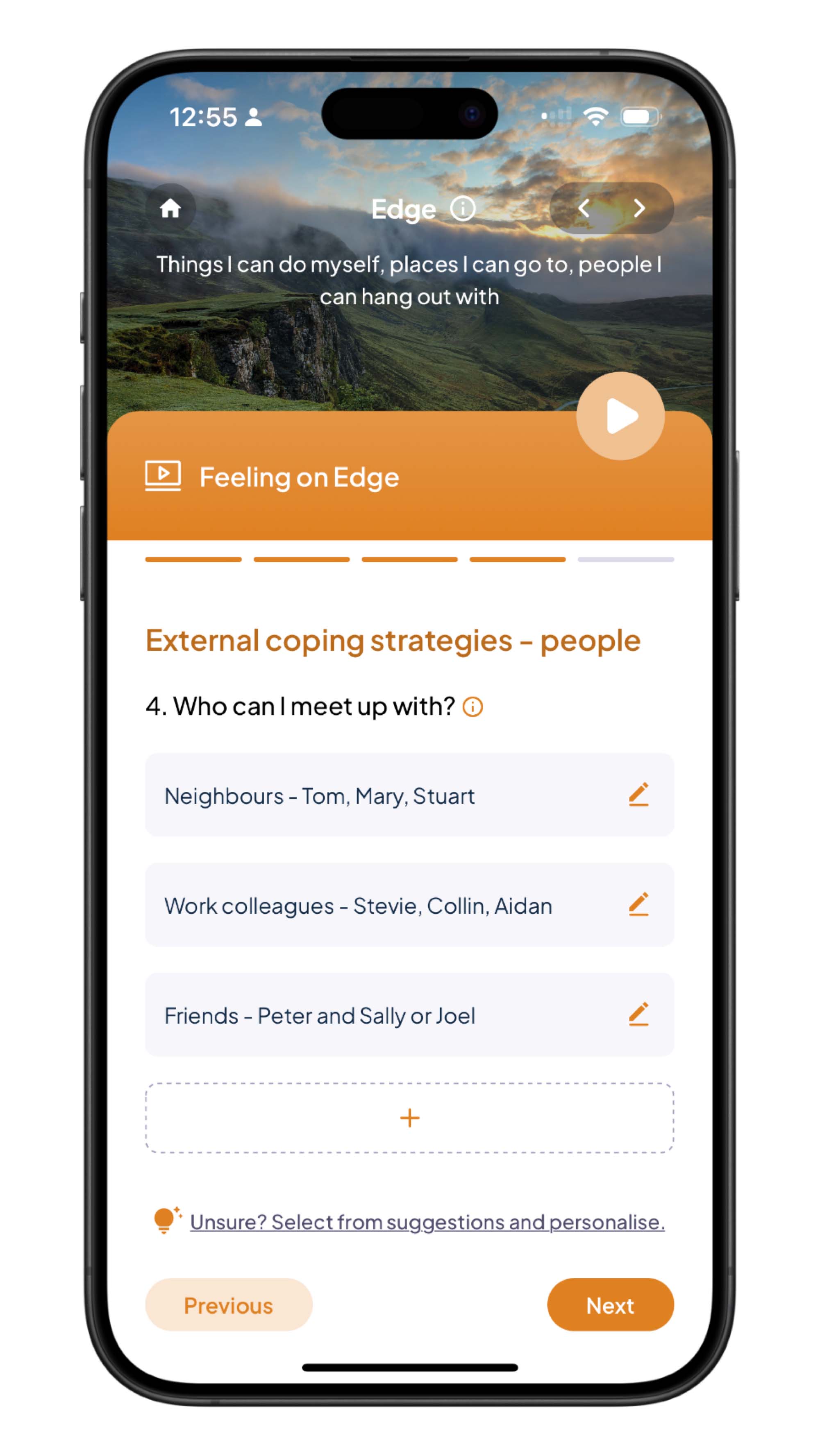

🚩 CRISIS
In CRISIS, self-management alone isn’t enough — you need others to anchor you. ADHD can amplify emotional surges and impulsive urges, making connection at this stage essential.
It’s about knowing who to reach for, where to go, and how to hold on when you can’t trust your own thinking fully. Crisis contacts, safe spaces, and trusted support lines become your stabilisers. CRISIS reminds you: you are not alone — even when your brain feels like you are.
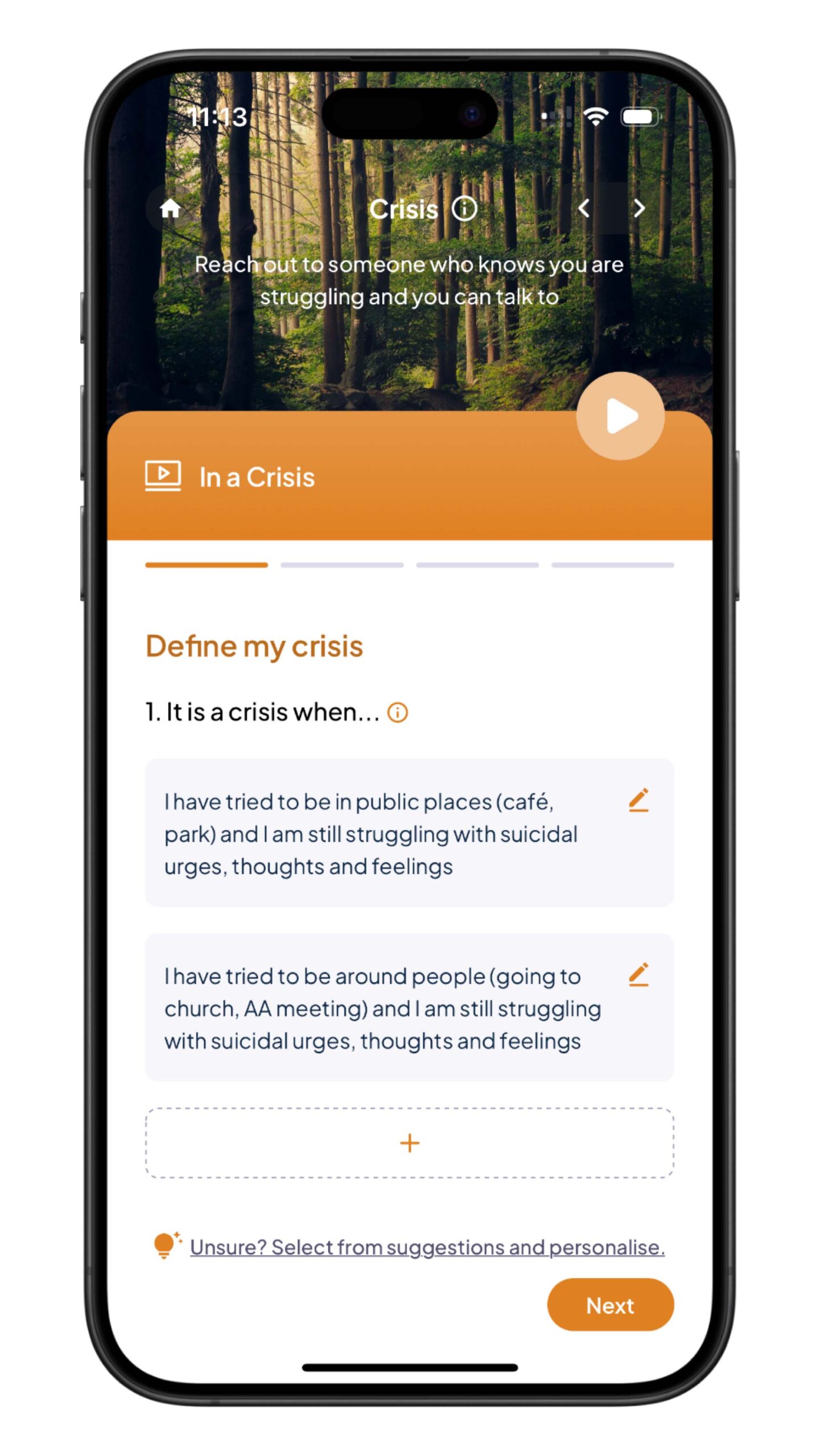
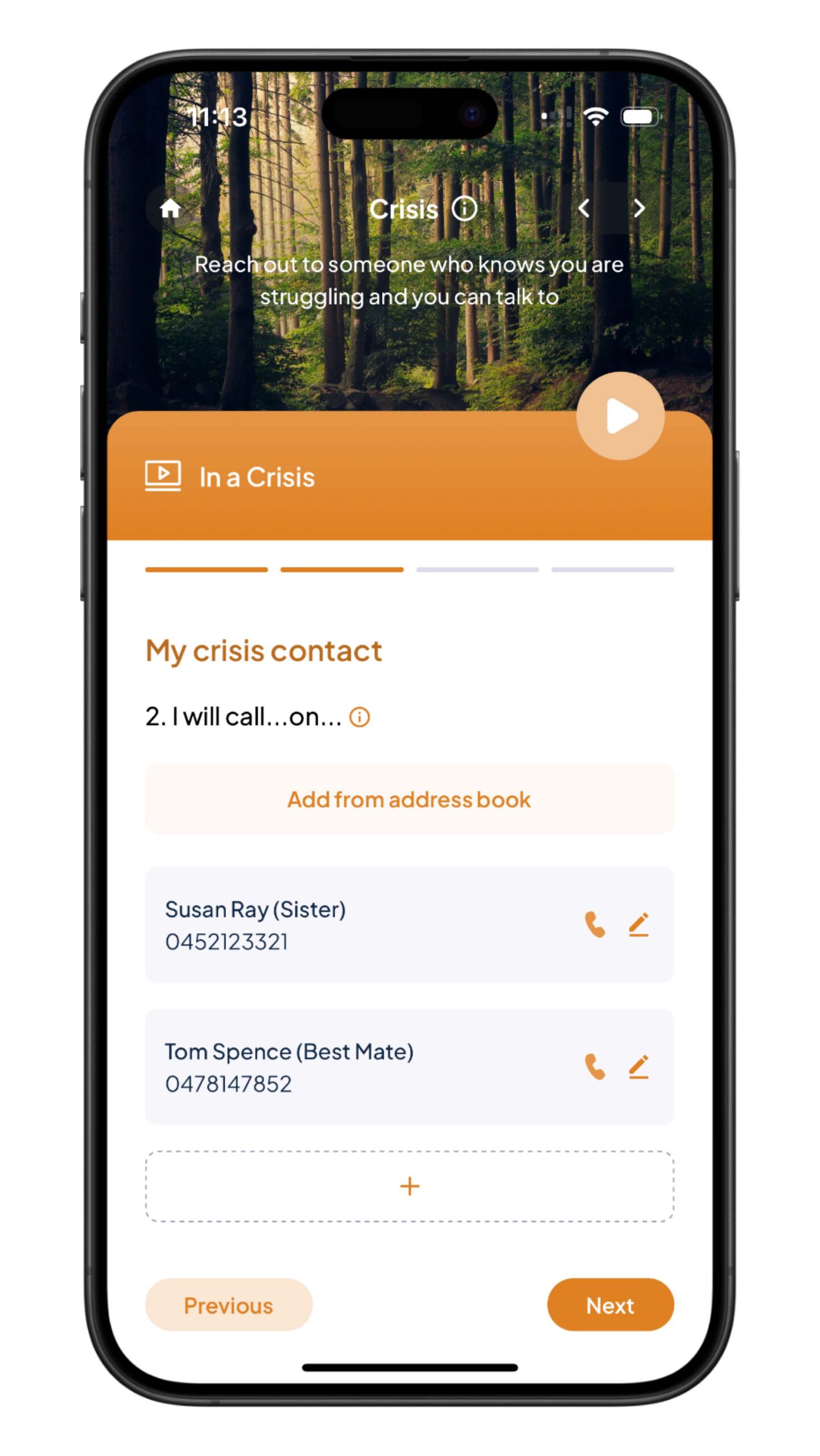
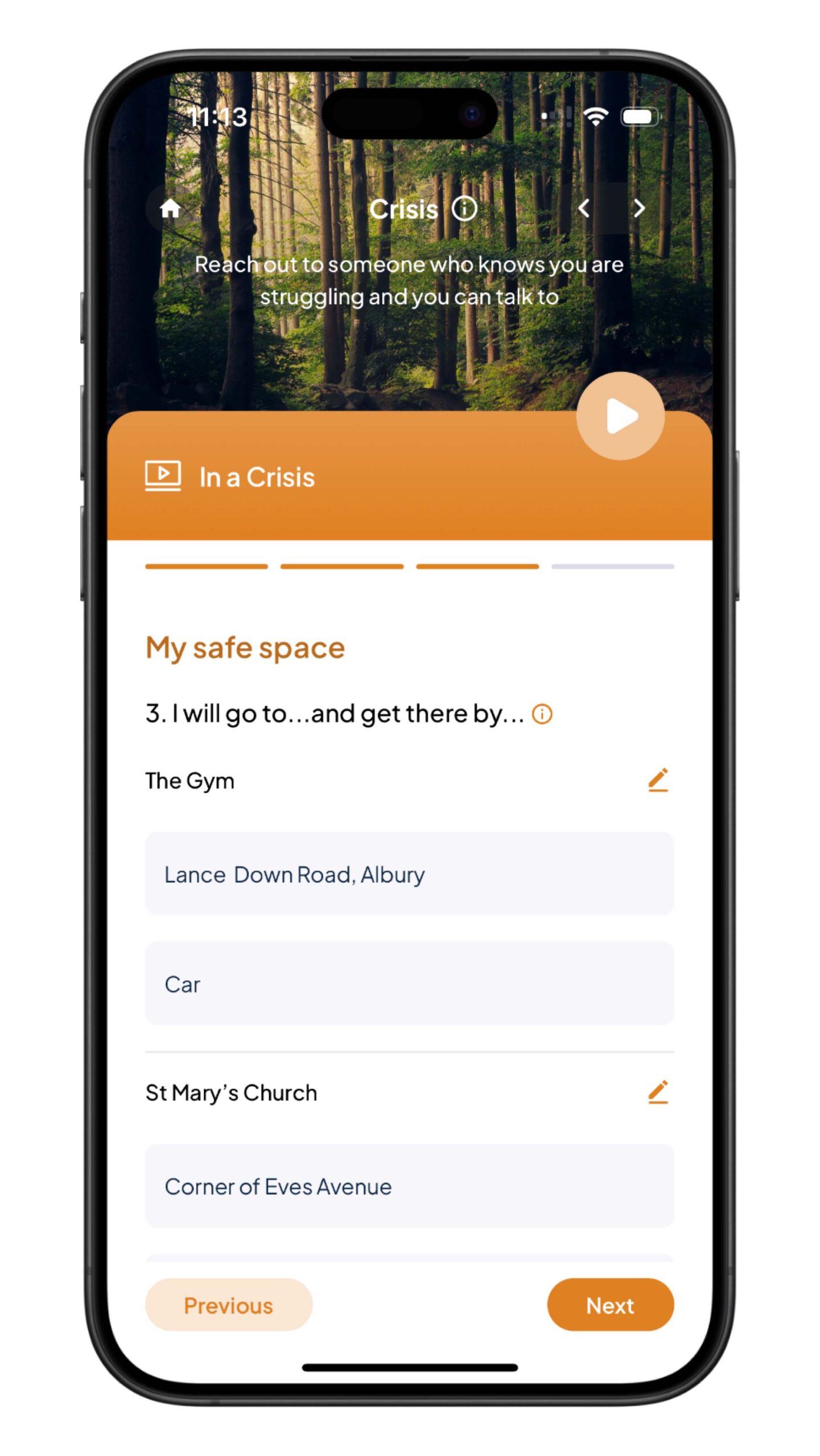
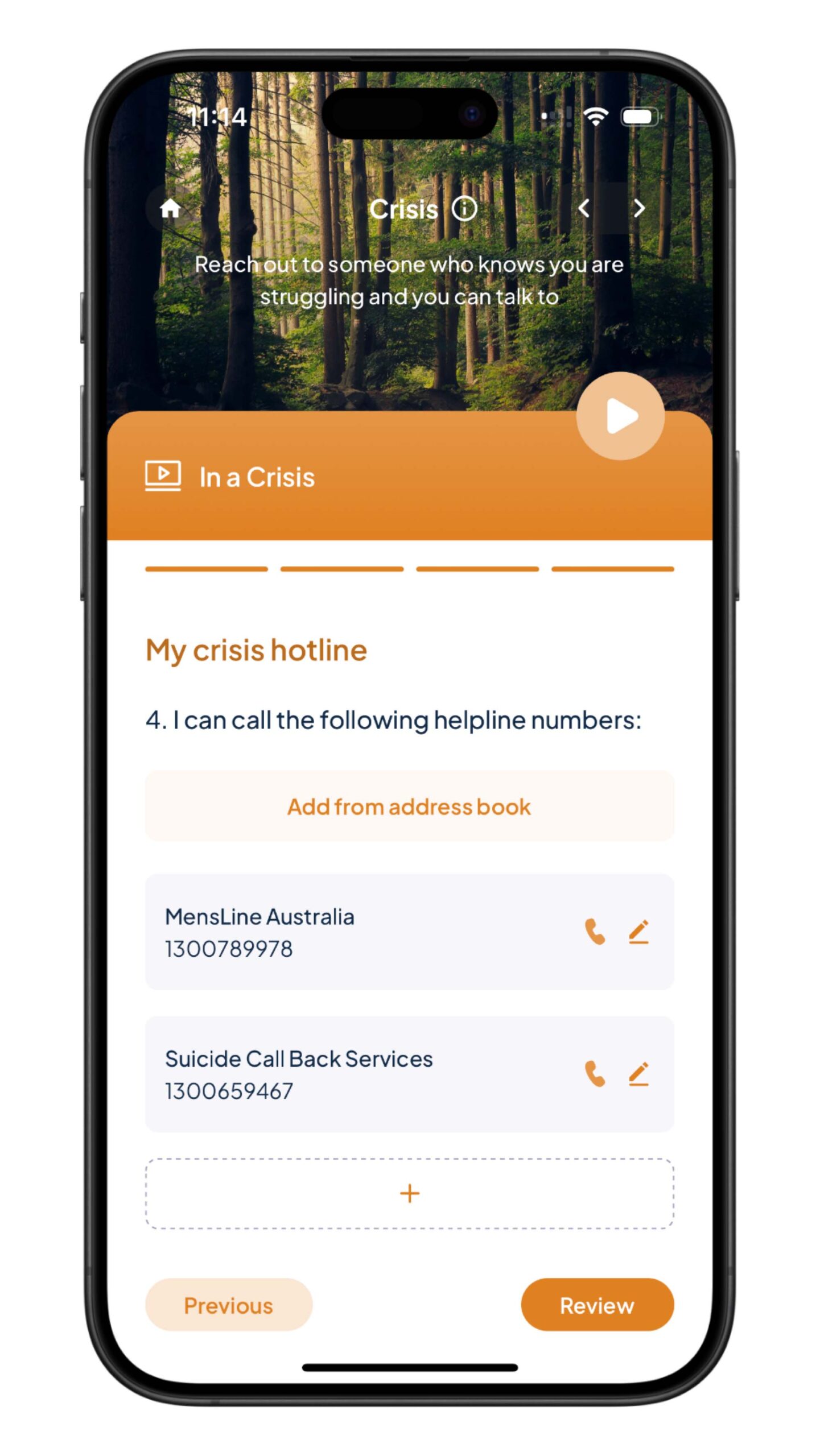
🚨 EMERGENCY
In EMERGENCY, safety must become immediate, clear, and non-negotiable. For ADHD minds under extreme distress, clear action steps are crucial because decision-making scrambles.
This is when your plan saves you: go to your safe place, call for help, don't delay. Acting fast isn't a failure — it's an act of fierce, courageous self-protection. EMERGENCY teaches: clarity in chaos can mean survival — and survival holds the door open for healing.
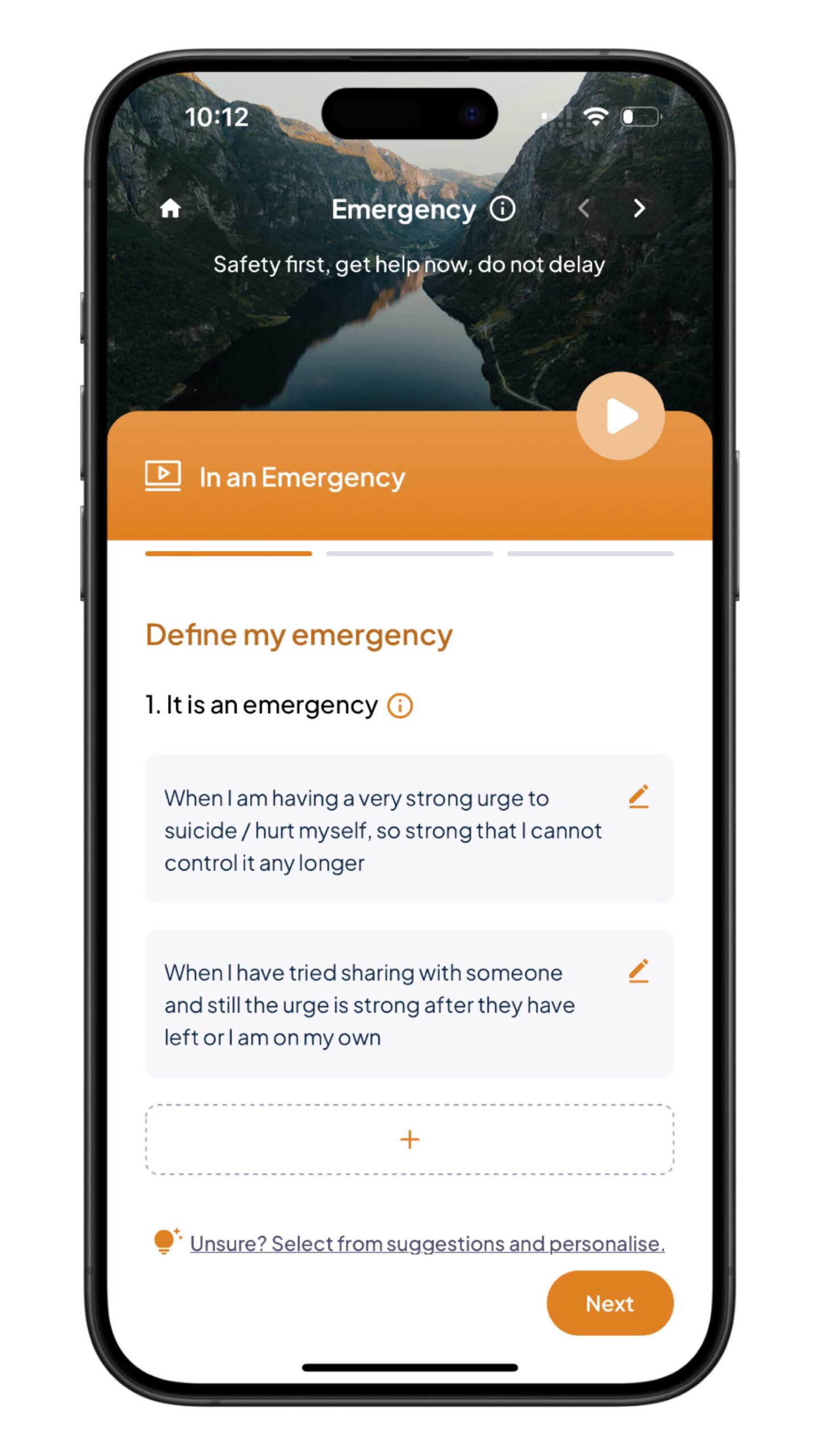
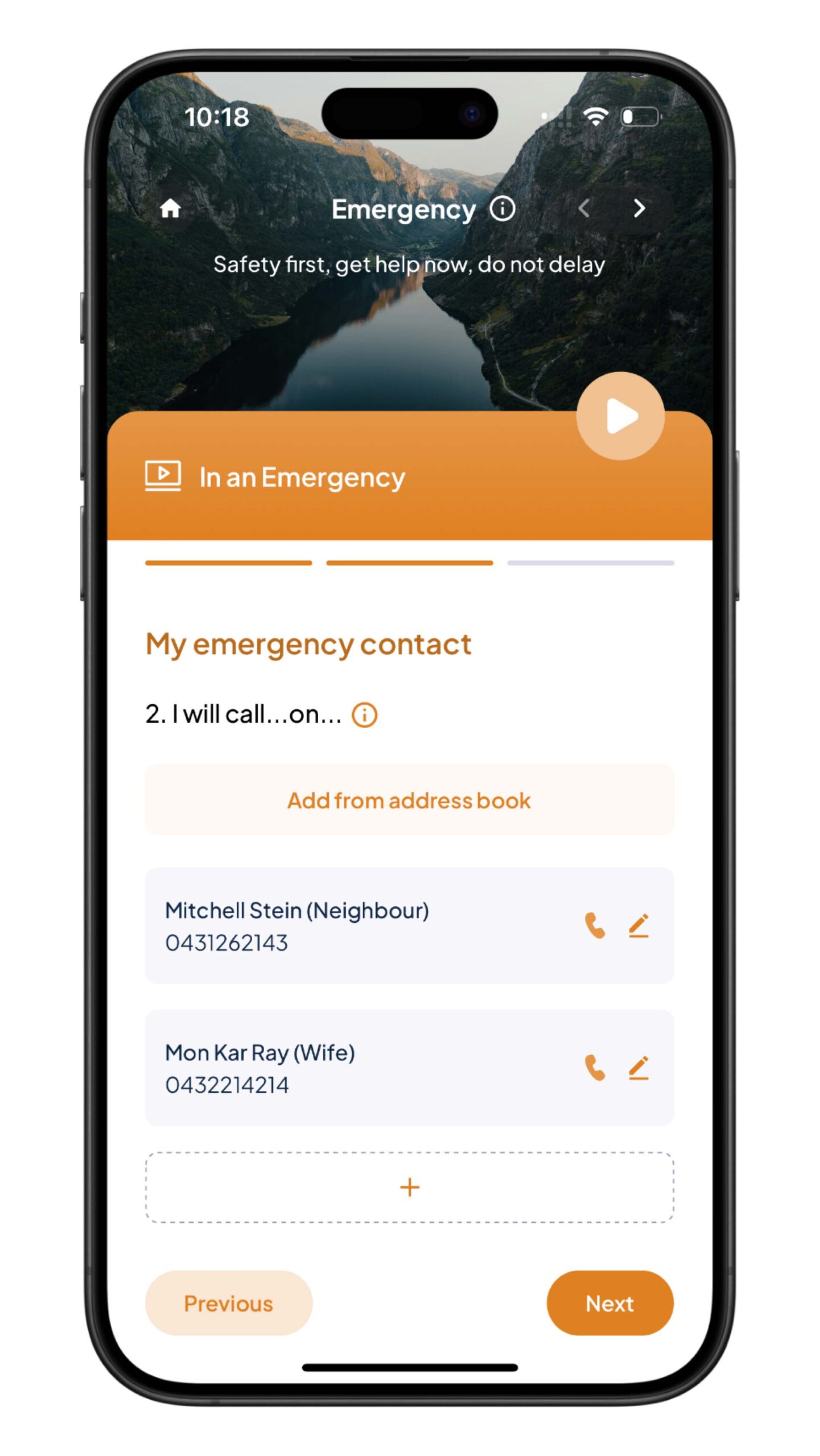
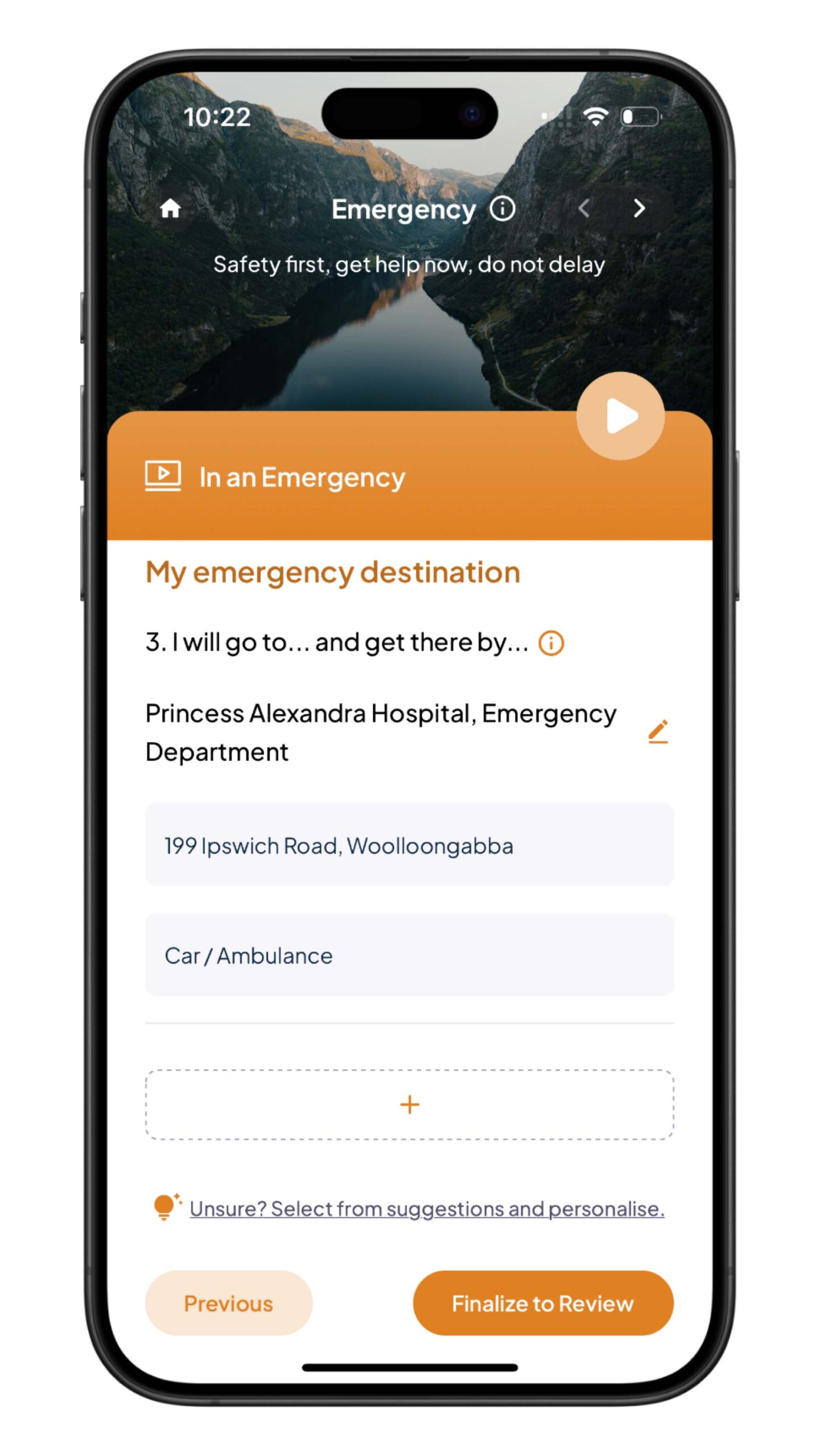
🌱 SAFE is Your Ladder Back to Life
At every step, SAFE strengthens your ability to:
- Stay grounded longer
- Catch emotional storms early
- Find connection when needed
- Know what to do when thinking gets overwhelmed
Chance favours the prepared mind — and safety is not weakness.
It is wisdom.
It is hope, made tangible.
By creating your personalised safety plan now, you are planting seeds of survival, resilience, and growth for the moments you have yet to meet.

🔹 Reference Citations
- James, A., Lai, F. H., & Dahl, C. (2004). Attention deficit hyperactivity disorder and suicide: A review of possible associations. Acta Psychiatrica Scandinavica, 110(6), 408–415.
- Impey, M., & Heun, R. (2012). Completed suicide, ideation and attempt in attention deficit hyperactivity disorder. Acta Psychiatrica Scandinavica, 125(2), 93–102.
- Shaw, P., Stringaris, A., Nigg, J., & Leibenluft, E. (2014). Emotion Dysregulation in Attention Deficit Hyperactivity Disorder. American Journal of Psychiatry, 171(3), 276–293.
- Swanson, J. M., Arnold, L. E., Kraemer, H. C., et al. (2011). Evidence, interpretation, and qualification from multiple reports of long-term outcomes in the Multimodal Treatment Study of Children With ADHD (MTA): Part II. Journal of Attention Disorders, 15(1), 17–29.
Mon - Fri: 8AM - 6PM
Sat - Sun: Variable
Brisbane North Medical Specialists,
15 Dallas Parade, Keperra, QLD 4054
(07) 5221 3489
reception@bnms.com.au
